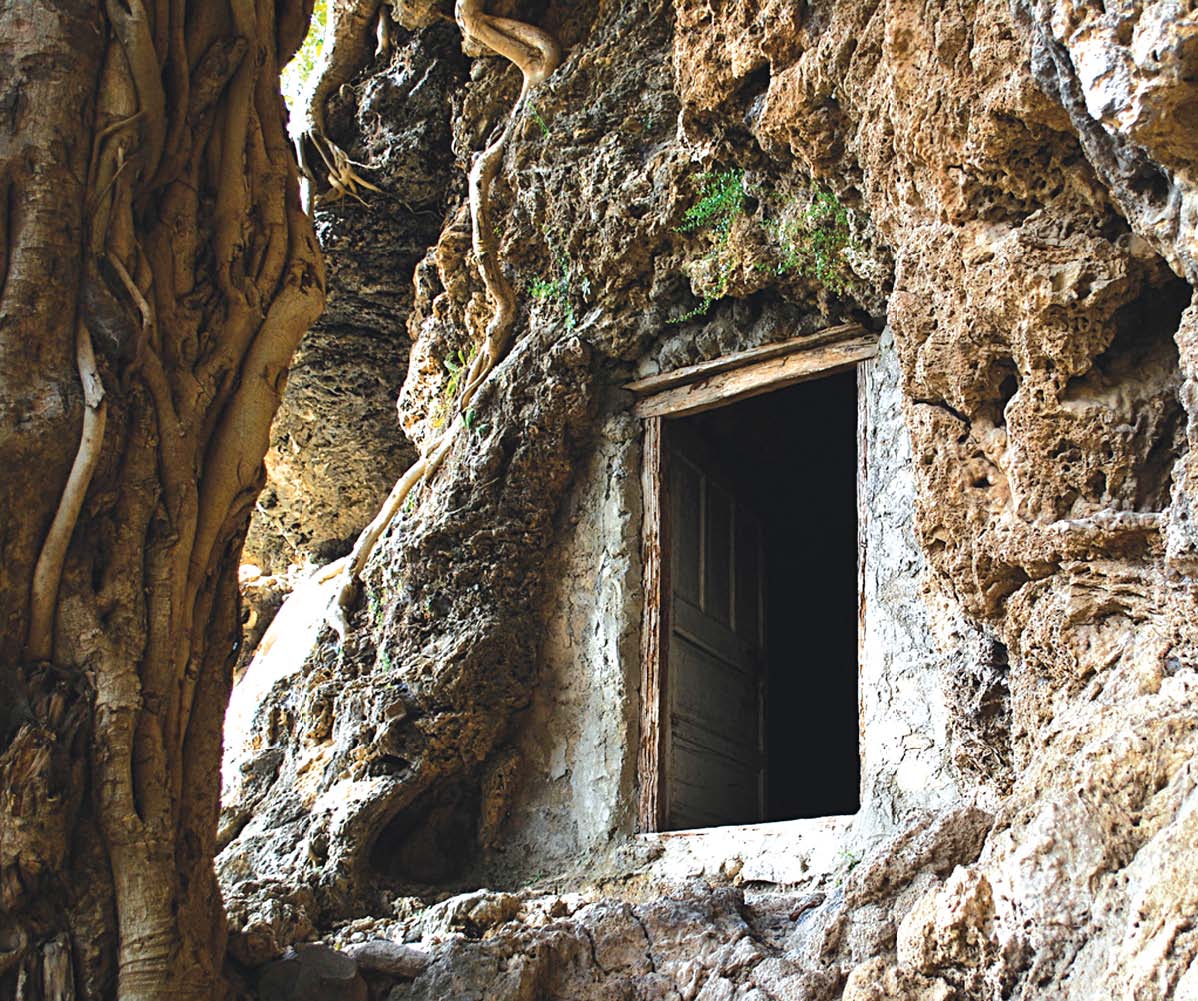
Located at the bottom of the Margalla Hills in the federal capital, the caves are a popular site for hundreds of visitors — from either within the country or from abroad. Most turn it into a historical weekend excursion to reconnect with history and take in the lush green natural ambience of the village.
While the village, believed to be named after a Mughal-era dervish, serves as a custodian of the history of the caves, seems to be fast disappearing into history itself owing to poor access roads leading to the village.
Moreover, the centuries-old history contained in the caves seems to be crumbling away with scant attention from the authorities to either do anything to protect the precious murals or to regulate and regularise tourist or research activity.
This coupled with extreme weather conditions has left the murals in a dilapidated state, requiring the immediate attention of the concerned departments for conservation and maintenance.
An official at the Department of Archeology and Museums (DoAM) said that an executive committee of the Prime Minister’s Endowment Fund has decided in June to release Rs3.6 million to preserve the national heritage site, restore the caves and to develop the area to promote responsible tourism.
But so far, little to no work has been done.
The Capital Development Authority (CDA), which has jurisdiction over the area, has been relatively active over the past year, making plans for preserving the site and to repair roads leading to Shah Allah Ditta village considering its importance for boosting tourism.
But it too has failed to take any concrete steps in this regards.
"It is my long cherished desire to see this place develop during my lifetime as per the vision of archaeologist Ahmad Hasan Dani — who conducted thorough research on this site,” said local Muhammad Ayub.
“If this place is developed by the authorities, it can earn huge revenues from tourism," he urged, pointing out that per his estimates 12,000 students, researchers and tourists visit the area over weekends.
This number, he said, can rise further if the concerned authorities pay attention to maintain the place.
The septuagenarian Ayub added that if one looked at the map of the area, it would match that of a palace of Alexander The Great.
Moreover, he claimed that a mango and a banyan tree there were believed to have been planted during the reign of 15th century conquer Sher Shah Suri.
He added that Shah Allah Ditta was a place where Hindus, Sikhs and Muslims once used to live together.
“This place feels like heaven at times since it is quite cool even during the hot summer months, he said.
Muhammad Yar, a visitor who had travelled all the way from Buner with his family, said, "I was not convinced about coming to this place for recreation and enjoyment with my family considering that it is a historical site with no substantial entertainment focused facilities, but was astonished to see the village-like environment, beautiful ducks along a stream and a few food outlets offering tea and food.”
“I have decided to come again and spend an entire day here,” he said.
“Nations which protect their cultural and historical heritage have greater potential for prosperity,” he further said.
Published in The Express Tribune, November 5th, 2018.


1730803801-0/BeFunky-collage-(22)1730803801-0-165x106.webp)

1728377970-0/Menendez-Brothers-(1)1728377970-0-165x106.webp)










1730706072-0/Copy-of-Untitled-(2)1730706072-0-270x192.webp)
COMMENTS
Comments are moderated and generally will be posted if they are on-topic and not abusive.
For more information, please see our Comments FAQ